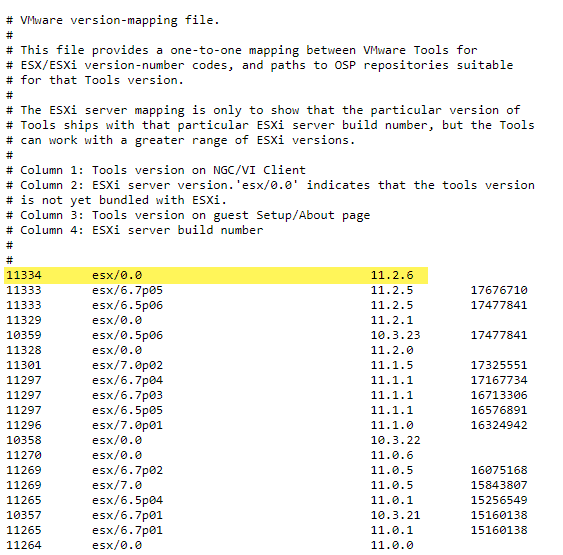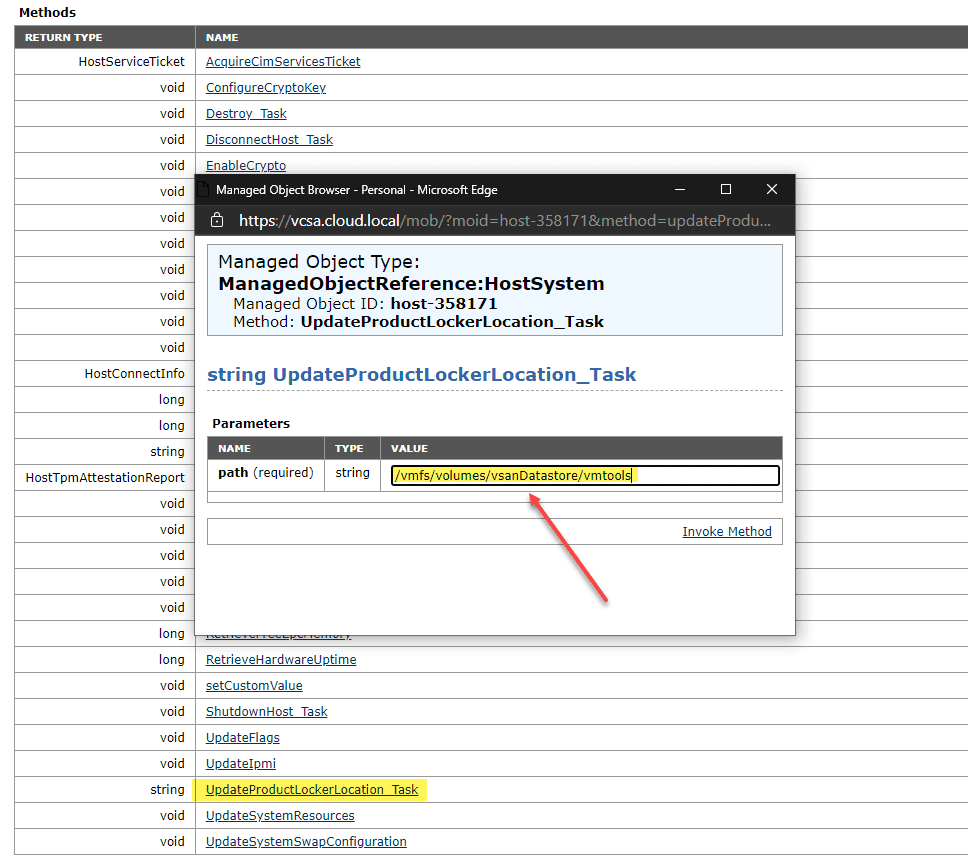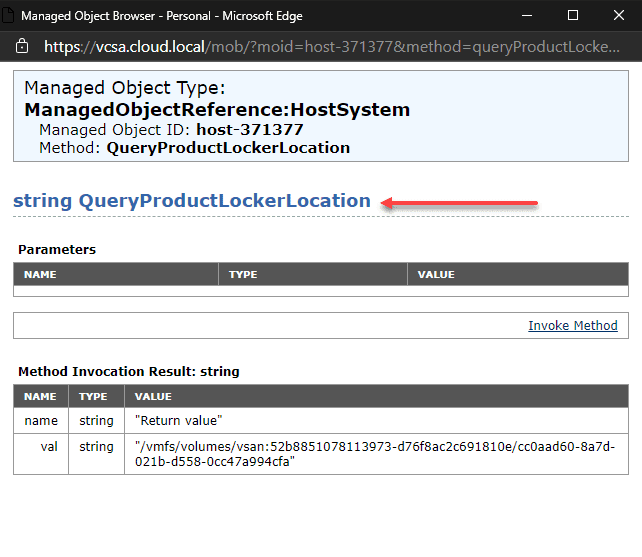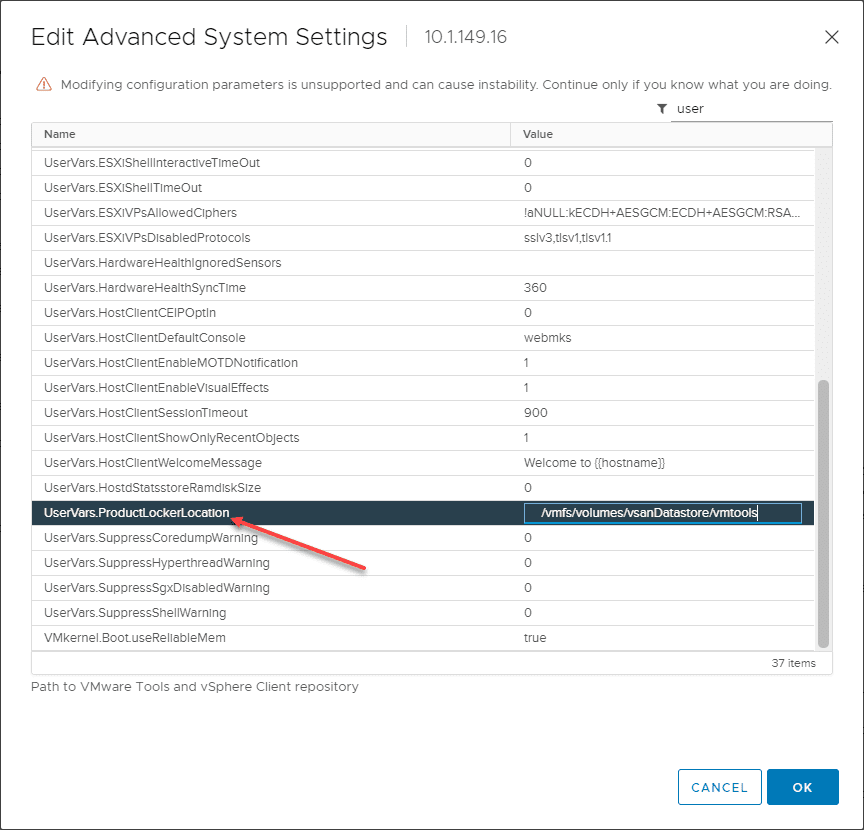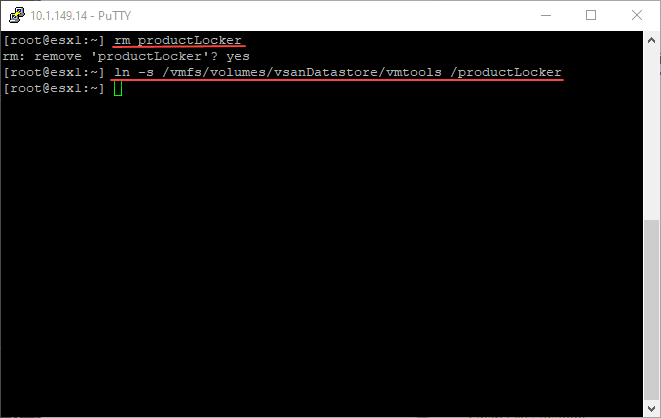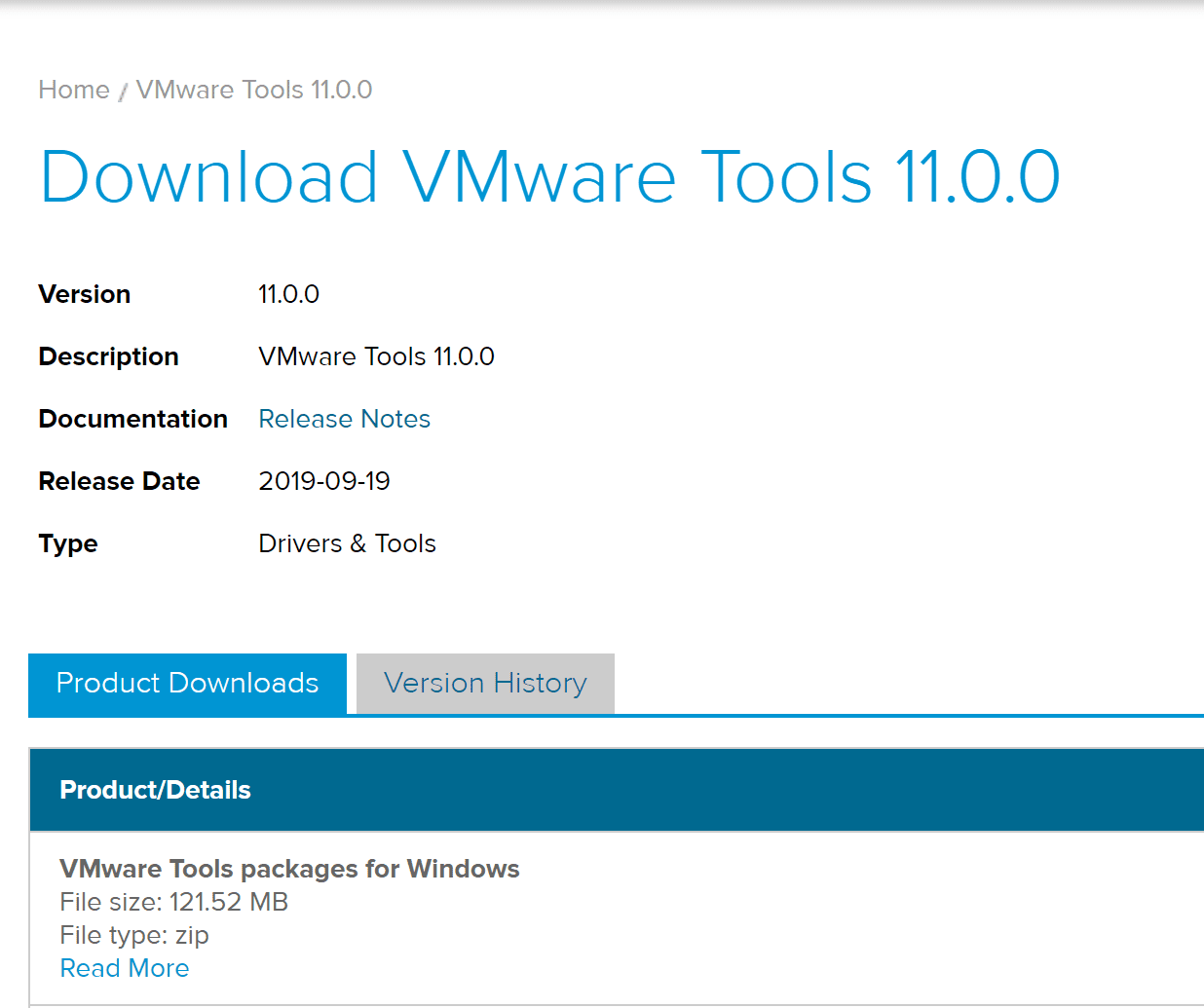ESXi VMware Tools Update Guide
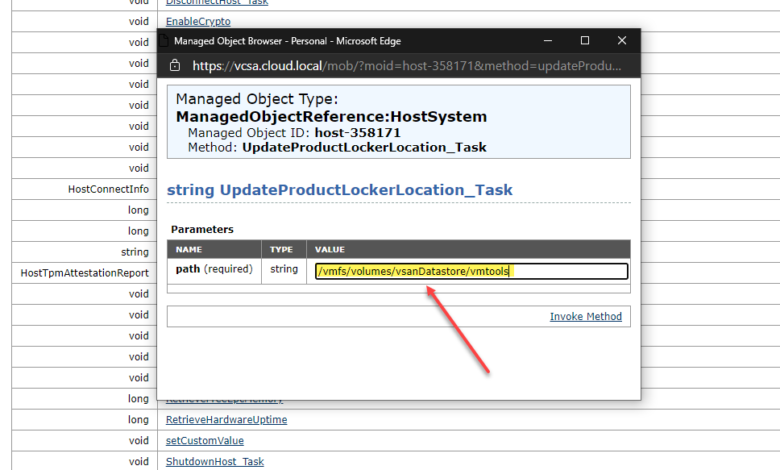
VMware tools provide a tightly integrated and fluid experience between the guest virtual machines and the VMware ESXi host. With VMware Tools, you get a much better user experience, including video and mouse configuration. Additionally, VMware Tools provides further integration with solutions such as data protection solutions for backup and VMware NSX guest introspection capabilities. We could keep going on with the reasons that VMware Tools are an important part of your vSphere infrastructure. Keeping your VMware Tools distribution up-to-date with the current VMware tools release is a great way to have the latest capabilities with the integration between your guest virtual machine and your ESXi host. This post will take a look at ESXi VMware Tools Update walkthrough and see how you can ensure you are running the latest version of VMware Tools in your environment.
A change in the way VMware Tools is distributed
As many of you may be aware, VMware Tools has been decoupled from the release of VMware ESXi. This brings about several advantages in the lifecycle management of VMware Tools compared to the way Tools was distributed prior. In legacy ESXi versions, the installation of VMware Tools was tied to the release of ESXi the customer was running. As we have experienced in the past, this can present challenges with the lifecycle management at scale of VMware Tools and created management challenges, in general, to update to the latest version of VMware Tools, in addition to challenges when you were managing hosts that were on different versions of ESXi.
In vSphere 6.5 Update 1 the updateProductLockerPolicy tool was used to allow pointing to a centralized repository to upgrade VMware Tools. This was replaced in ESXi 6.7 Update 1 with a new vSphere API called the UpdateProductLockerLocation which allows repointing to a centralized repository without the need for entering maintenance mode, rebooting hosts, etc.
Centralized repository for VMware Tools
Using a centralized repository is a great way to streamline the updating and installation of VMware Tools in your environment. With a centralized repo, you have a single location where VMware Tools is located. This means you only have one location to update if you want to upgrade to the latest version of tools. This also means that any ESXi host that has access to shared storage can be easily pointed to the central repository for an ESXi VMware Tools Update.
VMware Tools version-mapping file
VMware produces what they call a VMware version-mapping file which documents the version of VMware Tools released and which version of VMware ESXi maps to that version of VMware Tools.
View the VMware Tools version-mapping file here:
The latest version of VMware Tools that do not map to any release of VMware ESXi is listed as esx/0.0 as the image below shows, “indicates that the tools version is not yet bundled with ESXi.”
This is a handy reference to keep bookmarked to quickly see which version of VMware Tools is the latest and which versions of ESXi these are mapped to.
Download the latest version of VMware Tools
Where can you download the latest version of VMware Tools? The latest version is always made available at this location:
You will need to have a VMware login to download the latest version of VMware Tools.
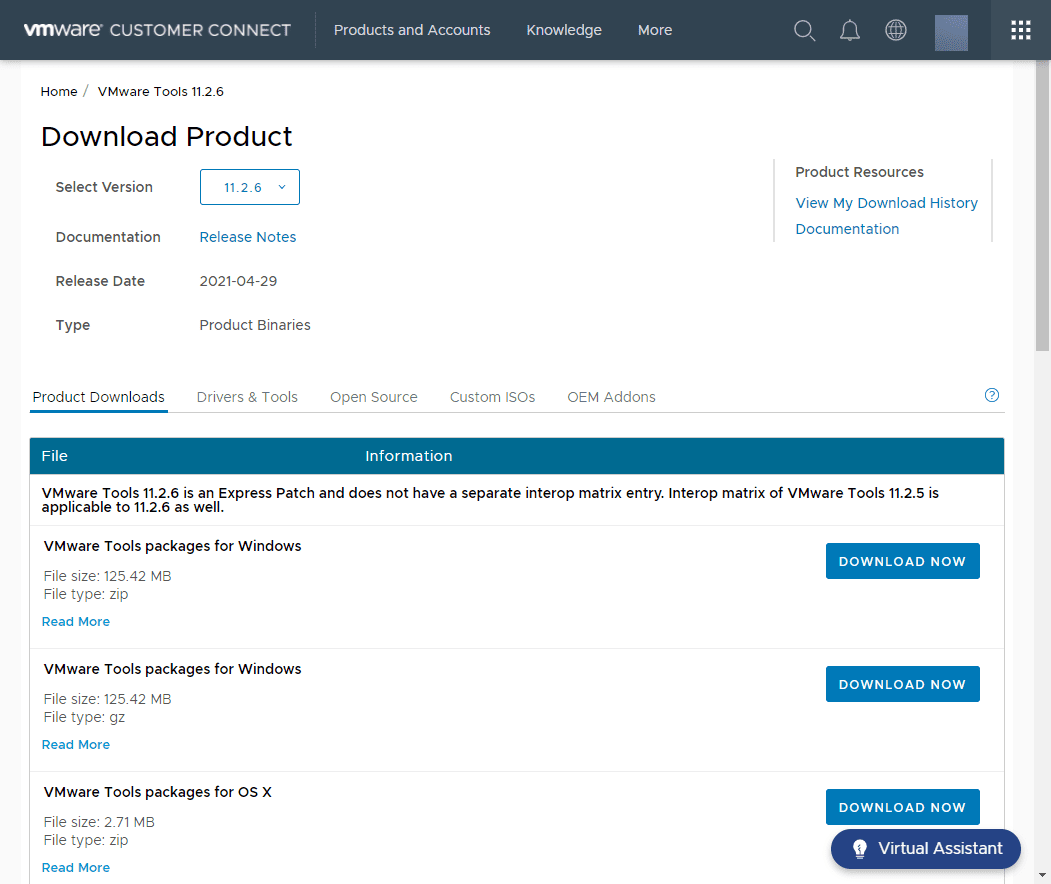
ESXi VMware Tools Update
Let’s take a look at creating a VMware Tools Central Repository ProductLocak Location for ESXi VMware Tools Update .
- Create a VMware Tools Central Repository ProductLocker Location
- Extract the latest VMware Tools into the directory
- Change the location for ESXi VMware Tools Update
- Delete the Symlink location for ProductLocker
1. Create a VMware Tools Central Repository ProductLocker Location
The first step is to create a VMware Tools central repository ProductLocker location. This involves simply creating a folder on a centralized storage location that your multiple ESXi hosts can reach, such as a shared datastore (traditional or vSAN).
As shown below, I have created a vmtools folder on my vsanDatastore for all the vSAN hosts to access this as a centralized repository ProductLocker location for ESXi VMware Tools Updates.

2. Extract the latest VMware Tools into the directory
After you have downloaded the latest VMware Tools package that you want to use, extract these into the directory you have created as the centralized repository ProductLocker Location. Below, I have extracted the VMware Tools 11.2.6 release (latest at the time of this writing) to the central repository location.
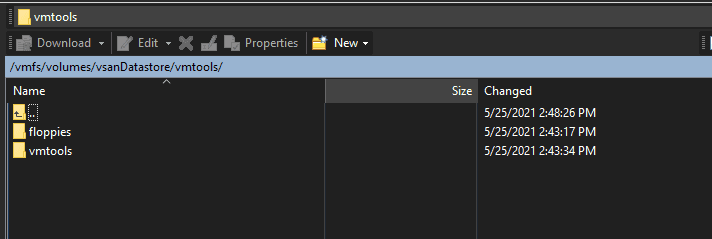
3. Change the location for ESXi VMware Tools Update
Now that we have the central repository folder and files in place, we can repoint the ESXi hosts to the new location as a central repository for the ProductLocker Location for updating ESXi VMware Tools. There are a couple of ways to do this:
- Using the Managed Object Browser (MOB) as part of the VCSA appliance
- Changing the Advanced Settings of the ESXi host in the vSphere Client UI
Let’s look at a screenshot of each method to do this. First up, the MOB interface which you can find at https://<your vcsa appliance>/MOB.
Once you login to the MOB interface, navigate to Content > rootFolder > childEntity > hostFolder > host and click through to the host that you wish to update. We are able to use the UpdateProductLockerLocation_Task to update the ProductLocker location for the specific host you want to update. Once you paste in the path to your central repository, click the Invoke Method to run the API call to change the ProductLocker location.
After you invoke the method, you can run the QueryProductLockerLocation API call to verify the location has changed.
Now, let’s take a look at how to change this using the vSphere Client UI. To do that, navigate to the Advanced System Settings for the ESXi host you want to change. The user variable that you want to update is the UserVars.ProductLockerLocation variable. As soon as you click OK, the setting is saved.
4. Delete the Symlink location for ProductLocker
The last step to complete the process in changing the ProductLocker location to the centralized repository for updating VMware Tools is deleting and recreating the ProductLocker SymLink. You can do this by rebooting your ESXi hosts. However, there is another way to do this without rebooting your hosts. This involves deleting the ProductLock symlink and recreating it with the link pointing to your new location for the VMware Tools central repository.
rm productLocker
ln -s /vmfs/volumes/vsanDatastore/vmtools /productLockerWrapping Up
Hopefully this ESXi VMware Tools Update Guide will help any who are wanting to centralize the management of their VMware Tools lifecycle. The new way that VMware has decoupled VMware Tools from ESXi versions has allowed much more aggressive development of VMware Tools and getting new features into the VMware Tools side of things in your guest operating system. Using either MOB or advanced system settings in vSphere Client you can easily update the setting and remove the SymLink for easily repointing to the new centralized repository.


